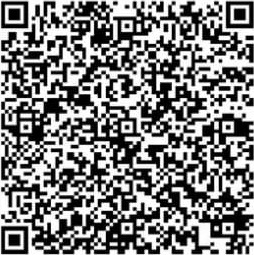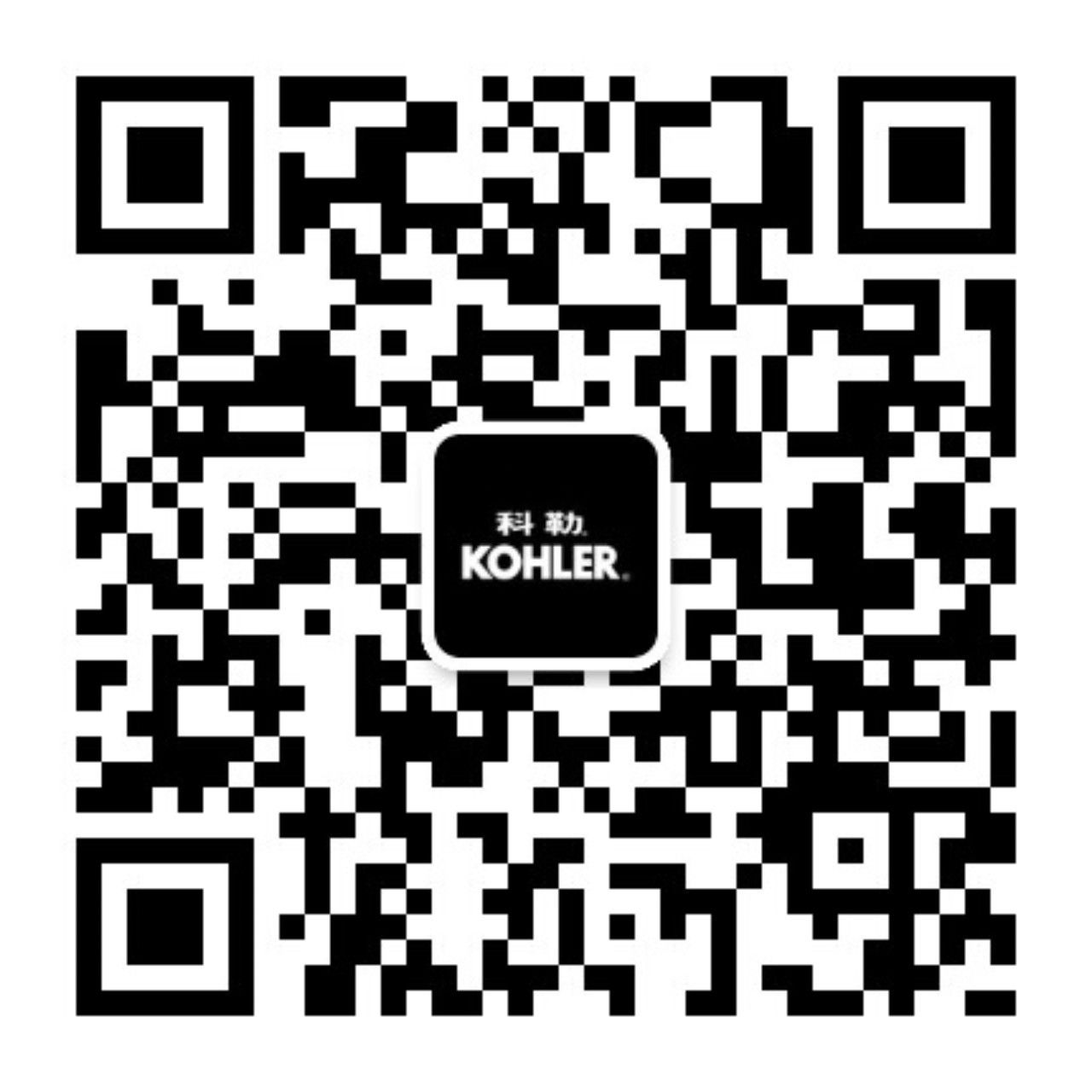Your Studio KOHLER Workspace
Your Studio KOHLER Workspace
Industrial Waste Gets a Makeover at Shanghai’s KOHLER Experience Center
In a time when our relationship with nature is under both pressure and scrutiny, we can’t be reminded enough of our impact on the environment. But it’s refreshing when such reminders take new creative forms.
We recently collaborated with China-based agency Urban Art United to look at industrial waste not just as inspiration, but also as the raw material from which to produce artworks. UAU invited ten artists from around the world to create immersive installations and artworks with various types of non-hazardous waste from Kohler Co. manufacturing facilities around Shanghai.
The selected artists were free to explore the notions of ‘re-cycle, re-set, re-start, re-use, re-light, and re-born’ to create their pieces. Works were assembled on site at the Kohler Experience Center in Shanghai, amid displays of Kohler products, to promote the interplay of art and product.
Entitled [Re-born], the resulting exhibition of ‘urban art’ was all about giving new meanings to waste through creative upcycling. “We chose this overarching title because it expresses the main idea,” explains curator and Urban Art United co-founder Yan Sun. “But we also used sub-terms like ‘re-set’ that point to different directions for the artists to take and interpret.”
Installation artist Tang Jie created two pieces for the exhibition. Red and White is a suspended kinetic sculpture made of scrap metal discs of various sizes. Visitors to the Experience Center were invited to play with the sculpture and control the movement of the discs from left to right, red to white. When the discs touched each other, they emitted a hypnotic sound effect.
Red Dust is made of waste sand, commonly used in industrial casting and the production of glass and electronic parts. The work comprised seven glass boxes of different sizes stacked like a pyramid, all interconnected via a central hole. In the bottom box, a fan blew grains of sand up and down in a spiral. “I wanted to create a space where all the elements were arranged by me, but then there would be uncertainty in the motion of the materials, which wasn’t controlled by me,” the artist explains.
Local street artist Hali infuses any work he makes with the spirit of graffiti. For [Re-born], he upcycled two broken bathtubs and turned them into artworks. The first, Untitled Party, was decorated with vivid colors and designs expressing the invigorating qualities of a good bath. “Considering the fast-paced life we live, a bathtub may be one of the few private places where people can slow down and relax,” he says.
Hali’s second piece, Nest, took a broken bathtub as its starting point. Inspired by the textures and airiness of bird nests, the artist used a 3D pen that can literally draw in the air to complete the missing part of the bathtub. He’s has always been intrigued by the interweaving of different forms and techniques, and he thinks of Nest as a conversation piece, a dialogue between the high-tech, traditional, and natural.
As if repurposing waste paper was not enough, graffiti and installation artist and tattooist Semik also reworked the ancient Chinese tradition of paper cutting to create his piece for the show. Afterwave is a hanging sculpture made of large paper sheets that have been cut into delicate, auspicious forms. The artist says he was drawn to paper as a medium because the material is both biodegradable and easy to recycle.
Expressing the striking opposition between water and sand, Swiss designer Jean-Philippe Bonzon’s Lost Paradise raised awareness about saving water. The Lausanne- and Shanghai-based artist filled and surrounded a bathtub with more than half a ton of fine black sand — courtesy of Kohler Co. factories — to create an intriguingly dark and poetic environment.
“I chose this black and delicate sand because to me it represents the beauty of a chaotic landscape, like a desert or a volcanic island,” Bonzon says. He also incorporated objects from his own design collection, such as the stainless-steel mirrors that hung above and reflected his “calm extraterrestrial landscape,” as he describes his installation.
The exhibition included many other fascinating pieces: graffiti duo TAG’s Relight was series of unique environments created inside four cylindrical shower cabins, while Irish artist David Keohane’s interactive projection piece Light, Breathe, Create, Repeat invited visitors to ignite a universe of light and motion using their phone’s torchlight.
Since 1974, we’ve been inviting artists to our historical Wisconsin factory in the United States to take advantage of the plethora of materials and resources available. What’s more, our KOHLER WasteLAB
is a thinktank dedicated to finding innovative and creative uses for factory waste. In China, [Re-born] appeared as a similar initiative, a thought-provoking show intended to spark conversation and inspire action for a better world.

